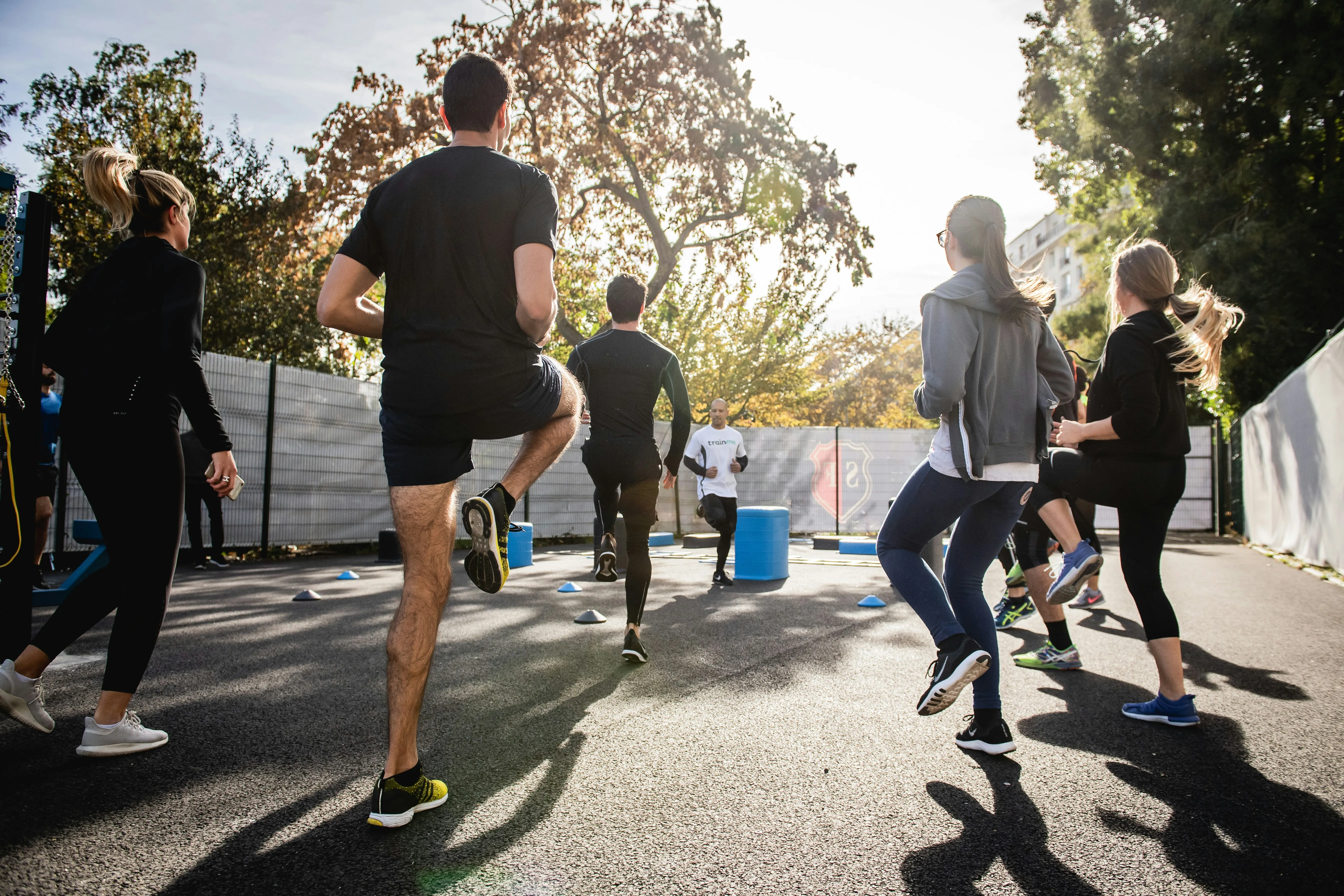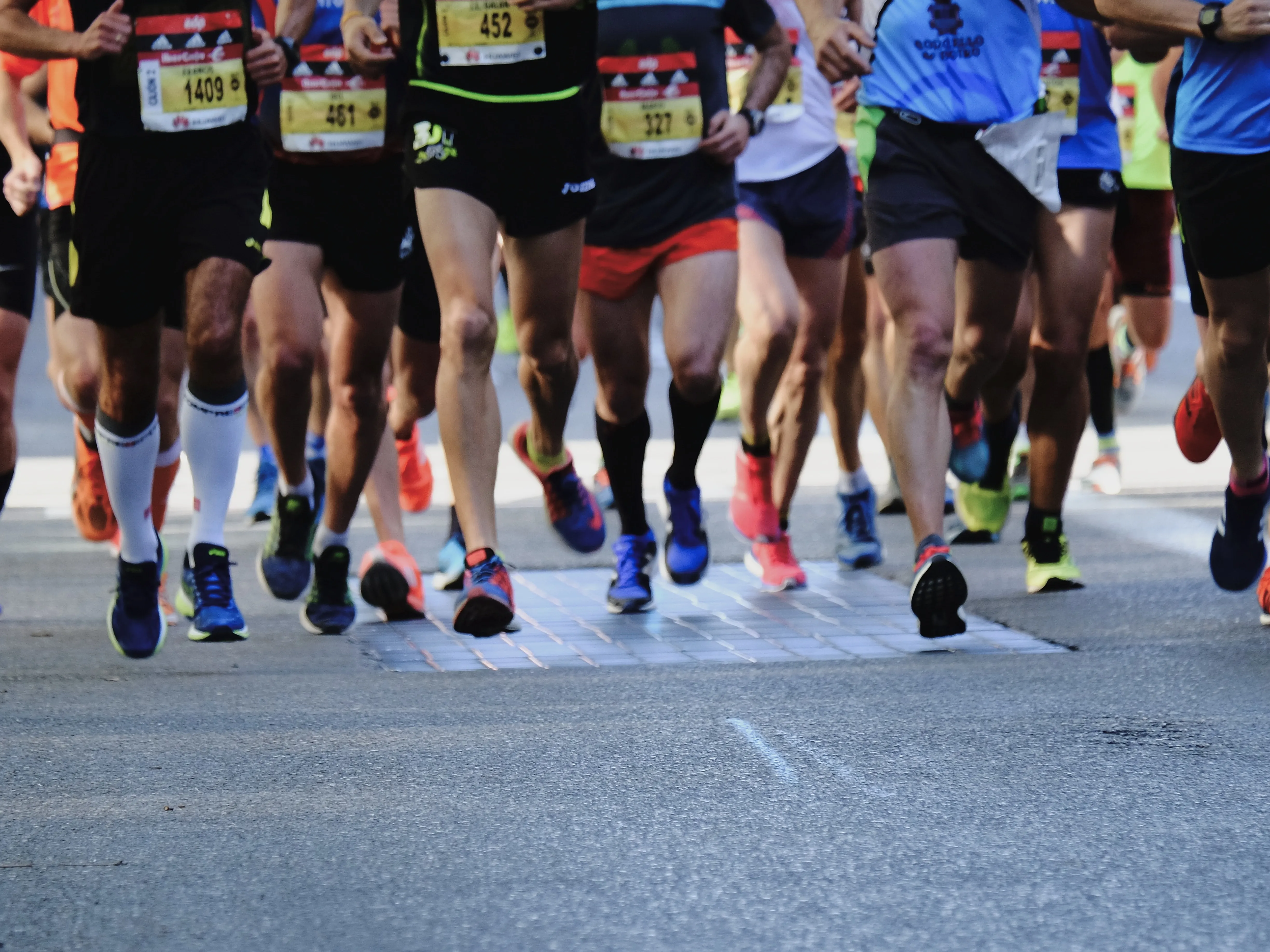
Running is a seemingly straightforward activity — put one foot in front of the other and repeat. However, as every runner knows, it can be a lot more involved if you want to improve. If your goal is to run faster and longer, you’ll need to approach your training with a blend of science and tenacity. Let’s take a look at how you can achieve just that through proper training, diet, and mindset.
Training to Your Potential

As runners, we all want to hit that sweet spot where we’re both increasing speed and endurance. Here’s the hard truth: getting there is going to feel uncomfortable sometimes. It’s about carefully stepping outside of your comfort zone and teaching your body to adapt. Here are some training practices to consider:
Interval Training: This involves alternating between high-intensity and low-intensity running. For instance, run at a high speed for a minute, then jog gently for two minutes, and repeat.
Tempo Runs: A tempo run is a faster-paced workout also known as a lactate threshold, LT, or threshold run. These runs teach your body to utilize oxygen for metabolism more efficiently by increasing your LT pace.
Long Slow Distance (LSD): Contrary to the name, LSD runs are not slow. It’s performed at a steady pace, enough to hold a conversation. This running method helps increase your endurance, vital for running longer distances.
Eating to Succeed

Your body needs the right fuel to perform well. A good diet won’t necessarily make you a faster runner, but a poor diet will certainly slow you down. Here’s what you should focus on:
Carb Loading: Eating a diet high in carbohydrates can maximize the storage of glycogen in the muscles and liver. Glycogen, a form of energy, is critical for endurance.
Protein: Protein is essential for muscle repair. Include a source of lean protein in all of your meals and especially after your workout sessions.
Fat: Fat can also be a significant source of energy, particularly for long, slow runs. Include healthy fats like avocados, nuts, and olive oil in your diet.
The Mental Edge
Running fast and long isn’t just about physical endurance—it’s also about mental endurance. Your body can usually go longer and harder than your mind believes is possible. A few mindset strategies can help:
Goal Setting: Having specific, measurable, achievable, relevant, and time-bound (SMART) running goals gives you something to strive for.
Mindfulness: Stay present in the moment. Instead of thinking about how much further you have to go, focus on each stride and your breathing.
Positive Self-Talk: The way we speak to ourselves matters. Internalize positive affirmations like, “I can do this”, “I’m getting stronger with every stride”.
Conclusion
Getting faster and running longer is no small feat — it requires commitment, discipline, and the will to test your limits. Keep in mind that progress takes time; take small steps towards your goals and, most importantly, stay consistent. Happy running!





